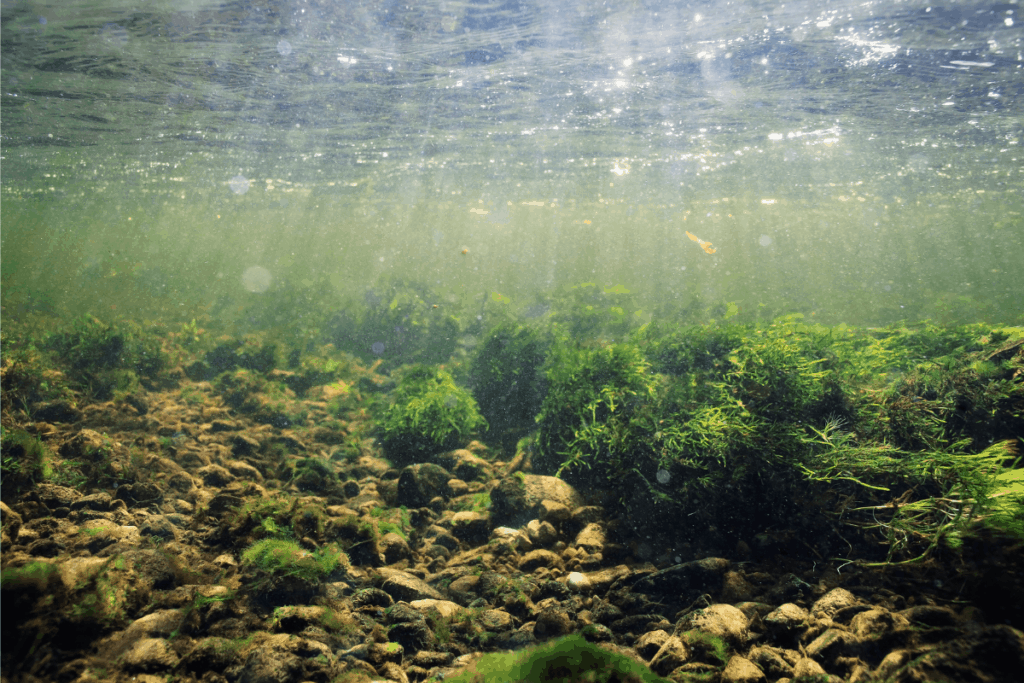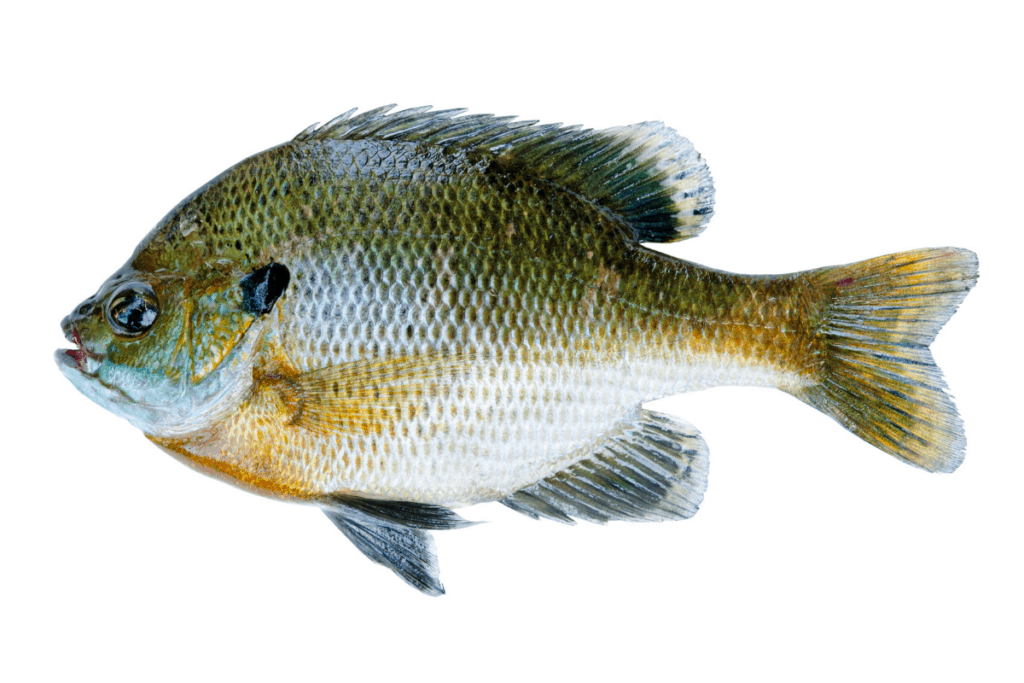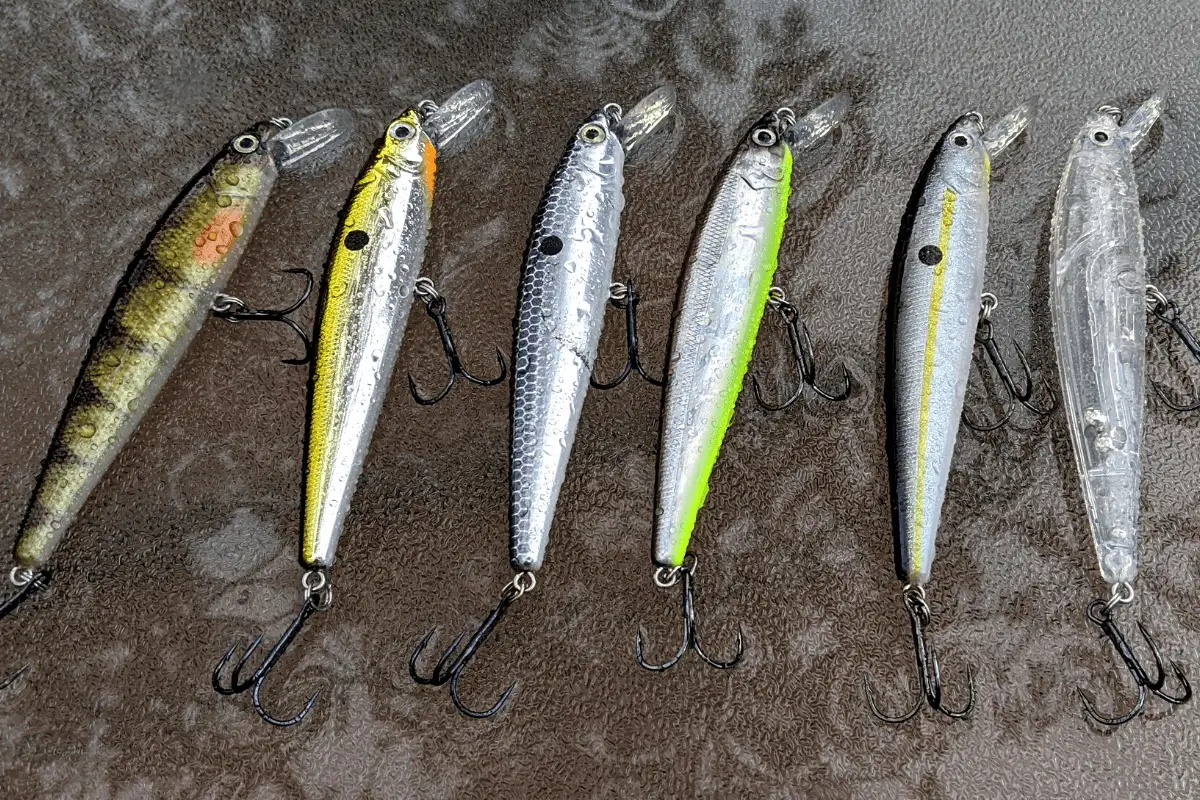Every angler knows that certain conditions are best for each lure to perform at its optimum level. Jerkbaits work all year, no doubt, but if you can find these specific circumstances, a jerkbait will shine.
Suspending jerkbaits are top performers when the bass are shallow. They also are excellent at getting bass to bite when sitting on flats. Add a little wind and clear water and a jerkbait angler has the recipe for success.
In this article, we will discuss when the conditions are favorable for a jerkbait to load the boat with bass.
History of the Jerkbait
I think most of us can agree that Lauri Rapala started the jerkbait sensation in Finland – albeit it was a floating model.
A story in Life magazine in 1962 put the lure in front of a record number of people. Not because Rapala was on the cover, but because Marilynn Monroe was. The timing was impeccable and launched a demand for the product from a farmer from Finland.
By the 1970s, anglers were experimenting with weighting the floating lures to get them to suspend. This method really took hold in the Ozark lakes in-and-around Table Rock.
By now, other lure companies were creating their own versions of Lauri Rapala’s lure.
Today the jerkbait is one of the most versatile tools in an angler’s arsenal, yet it is often underutilized.
Lure Design
Jerkbaits are meant to mimic baitfish – specifically a minnow.
The darting action can drive predators crazy. This single lure might just elicit more reaction strikes than any other. It’s ability to draw fish from a distance is uncanny.
It also catches every gamefish that swims. It is not unusual in one outing for me to hook bass, northern, panfish, and walleye. That is a powerful bait.
Most models offer several versions with different lip sizes offering jerkbait anglers the ability to target multiple depths.
While floating jerkbaits are still widely used and popular, the suspending models have been a game-changer when coaxing inactive fish to strike.
What Conditions Mean it’s Jerkbait Time?
Shallow Bass
If I see fish shallow, any fish, then I know that the jerkbait has a chance to get tied on. If I see bass cruising in skinny water it is definitely go-time.
Ideally, I will be confident that there is a good population of bass that is in less than 10ft of water. Shallower than 15ft will still work, but the water needs to be gin-clear in that situation.
Most jerkbaits, even deeper diving models, bottom out at around the 10ft mark or slightly deeper. I find that targeting that 5-7ft range is ideal in most situations.
Bass are very accustomed to looking up for prey. These wily predators love to lurk underneath their baitfish and then attack from below. Bass sitting in water that is 10-15ft have no problem coming up to obliterate a jerkbait that is slashing a few feet above their head.
If you are confident that bass are holding in this depth range, that is the first major checkmark for the ideal jerkbait conditions.
Find Flats
Expansive flats can be challenging to fish, but this is where a jerkbait shines.
When bass move up onto a flat it is often because they have moved from deeper water to feed. They will also migrate up onto large flats in the spring during the spawning season.
Flats are always where I start.
If I am not familiar with a body of water, I will spend some time on Google Earth. The satellite images make quick work of locating flats if the water is clear. For waters with a stain to them, using a traditional topographical map is a must.

Vegetation on Flats
Once I have located some flats I do a quick driveby with the boat to see what type of cover is on it. My favorite cover is vegetation – specifically sand grass.
If you are not familiar with this type of waterweed, I use it as a general term that means vegetation that grows in sandy or rocky conditions that is only a foot or so in length. Sand grass likes to clump up with open expanses between one patch and another.
I have by far the most success with a jerkbait when I can find this type of flat.
While reading my graph as I move through the flat I can almost predict where and when the bite will start to happen. Sparse vegetation on a flat is that powerful for a jerkbait presentation.
Is there Wind?
We all know that fishing in the wind can be a nightmare. It is a critical piece of the jerkbait puzzle that can turn an average day into a great one.
I don’t need ripping twenty mph gusts, but a steady wind that puts a slight ripple or chop on the water is an ingredient that keeps anglers hidden and helps to start a feeding situation on the flat.
Jerkbaits tend to fly well and it is easy to make very long casts with them.
Facing into the wind is best since it will likely position the bass. Casting into the wind will not only bring your lure the right direction, but boat control will be much easier and allow for better presentations.

Match the Jerkbait to the Forage to Catch More Bass
Matching the forage base is key.
Does your water have an abundance of fathead minnows? Is there threadfin shad? Do you have sunfish like bluegills?
Selecting a jerkbait that is the best representation of the forage base will help coax wary bass into biting. It is possible to use the standard black and silver pattern anywhere you fish, but if your water has more perch or sunfish than minnows, buy lures that mimic those color patterns.
Selecting a color is important in clear water. If the water you fish is slightly stained, the bass are going to react more to the movement. In clear water, they will come and stare at the suspending lure and that is when I want something close to what they naturally see.
Water Clarity
The clearer the water – the better.
We talked about wanting some wind, yet the wind can also stir up the water clarity if it is too strong.
If I approach a flat where the wind has stirred things up, I do my best to locate a mud line or clearer section of that flat to start probing.
Because jerkbaits are so erratic and disruptive in their movements, a bass can pick them up with their lateral lines even before they see them. This sonar-like ability means jerkbaits will work in water with some stain to it, but finding the clearest section of the lake will always put the drawing power of the lure in your favor.
The flash and roll of a jerkbait is noticed from quite a distance. I have tossed a suspending model into an area that looks devoid of life. When I began to present the lure, its slashing and darting pulled fish from hiding places I didn’t even know existed.
That is why clear water is a favorite.
Presenting a Jerkbait Properly
When fishing massive flats, it is important to check all parts of it. The deeper water access side, the shoreline side, and the middle. We need to find where those bass are sitting at the moment.
To accomplish this, ultra-long casts are important.
Take time to adjust your reel so that some extra force can be exerted and send that jerkbait flying.
Once the lure has landed, reel it down to depth and let it sit a second.
Now the ripping begins.
Be sure to jerk the bait with slack in the line. Many anglers make a mistake here and pull the lure on a taught line.
When the bait is ripped on a slack line, it darts much more erratically and with a longer side-to-side action. This randomness is what drives predators crazy and pulls them from long distances.
It is a true reaction bite.
Ripping the lure on a slack line also reduces angler fatigue. Jerkbait fishing is exhausting and your forearms and wrist will soon feel the lactic acid buildup. Keeping a true slack line during your presentation will allow you to fish a jerkbait longer and it is also more effective.
Vary the Retrieve
It is easy to fall into a predictable cadence when fishing a jerkbait.
I tend to use a jerk-jerk-pause pattern.
It is important to mix up the rips and pauses until the bass tell you what they prefer on that day. When are you getting your strikes? Are they hitting the lure aggressively or just swiping at it?
Keep trying different patterns and presentations until you find one that keys the type of bite you are looking for.
If the conditions change, be ready to change the cadence again.
Do you Need to Adjust the Sink Rate?
Suspending jerkbaits right out of the box work well, but making a few small adjustments can make a noticeable difference.
There are tools anglers can use, like SuspenStrips and SuspenDots that are easy to stick on the bottom of a lure and can peel off. You can also tie florists wire around the top of the hook shank to alter the sink rate. I have also used fine-wire lead-free solder.
Water density changes with temperature.
I like my suspending jerkbaits to sink, ever so slightly, when paused. I feel that this naturally imitates a dying minnow or shad.
The only time I adjust the sink rate is when the bass are wanting the lure to sit for an extended period of time. If they are hitting it well with a steady cadence of rips with only a small pause, I leave the lure just the way it is out of the box.
Be Ready for a Frenzy
Bass tend to spread out on flats, but there are times when you will run into a school of them – especially if there are smallmouth in the area.
When this happens, a jerkbait is an amazing tool at getting the entire school fired up and whipped into a feeding frenzy.
I have had days when I locate a school and catch bass consistently for twenty minutes or so. When this happens it is about as much fun as a bass angler can have.
When fishing a jerkbait this frenzied feeding happens quite often.
Final Thoughts
When you can find these conditions a jerkbait can be the best lure in your tackle selection. It has been fooling fish ever since Lauri Rapala carved his first balsa wood floater in the 1930s.
- Look for shallow bass
- Find flats – preferably ones with sand grass
- Look for areas being hit with wind
- Match the forage
- Find the clearest water you can
Be sure to rip the lure on a slack line and hang on. There is a good chance you may just fire up a school of bass and have an outing that you will long remember.
Tight lines. Be safe and don’t forget to encourage someone today. You never know how you may change their life forever.
Isaiah 6:8

